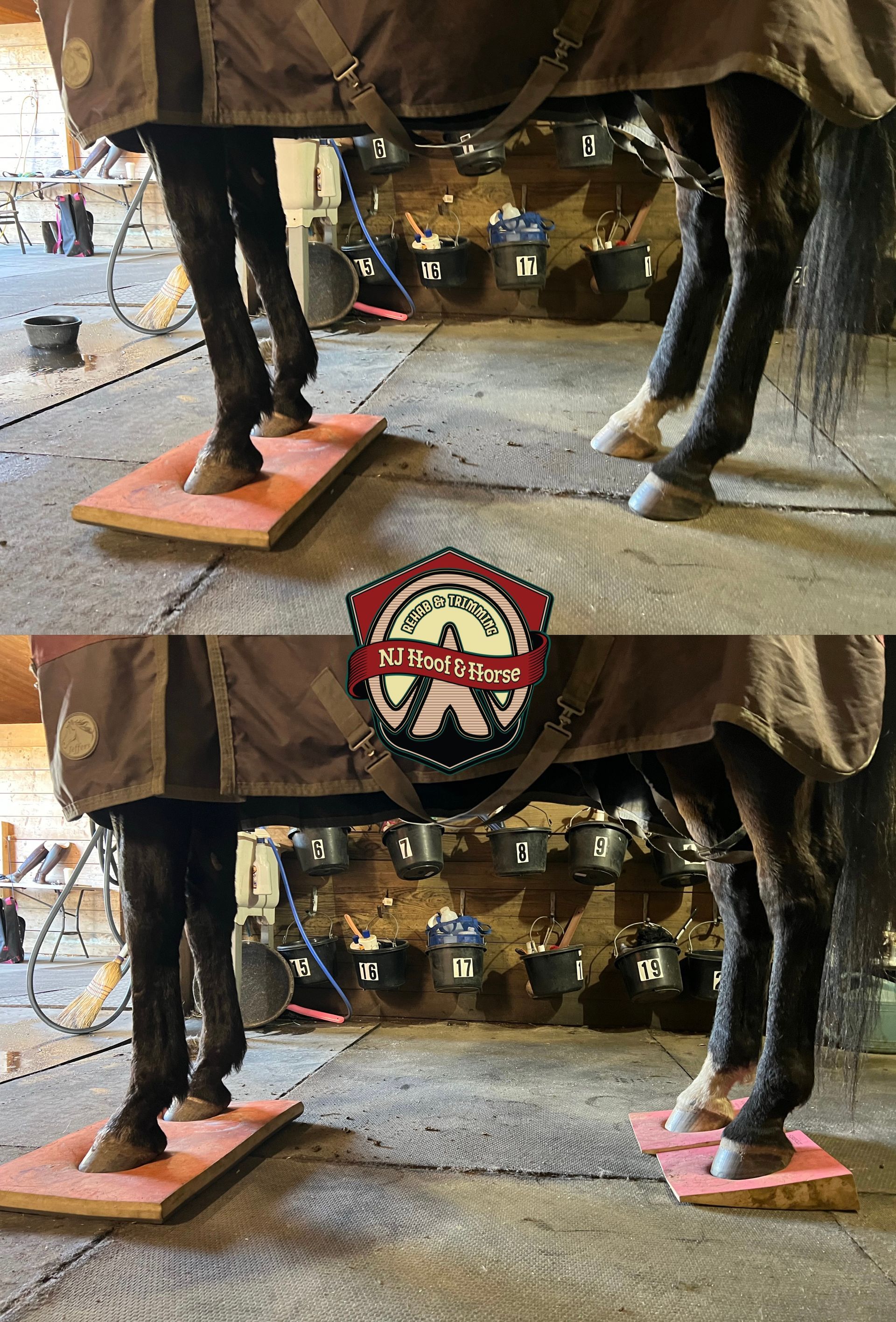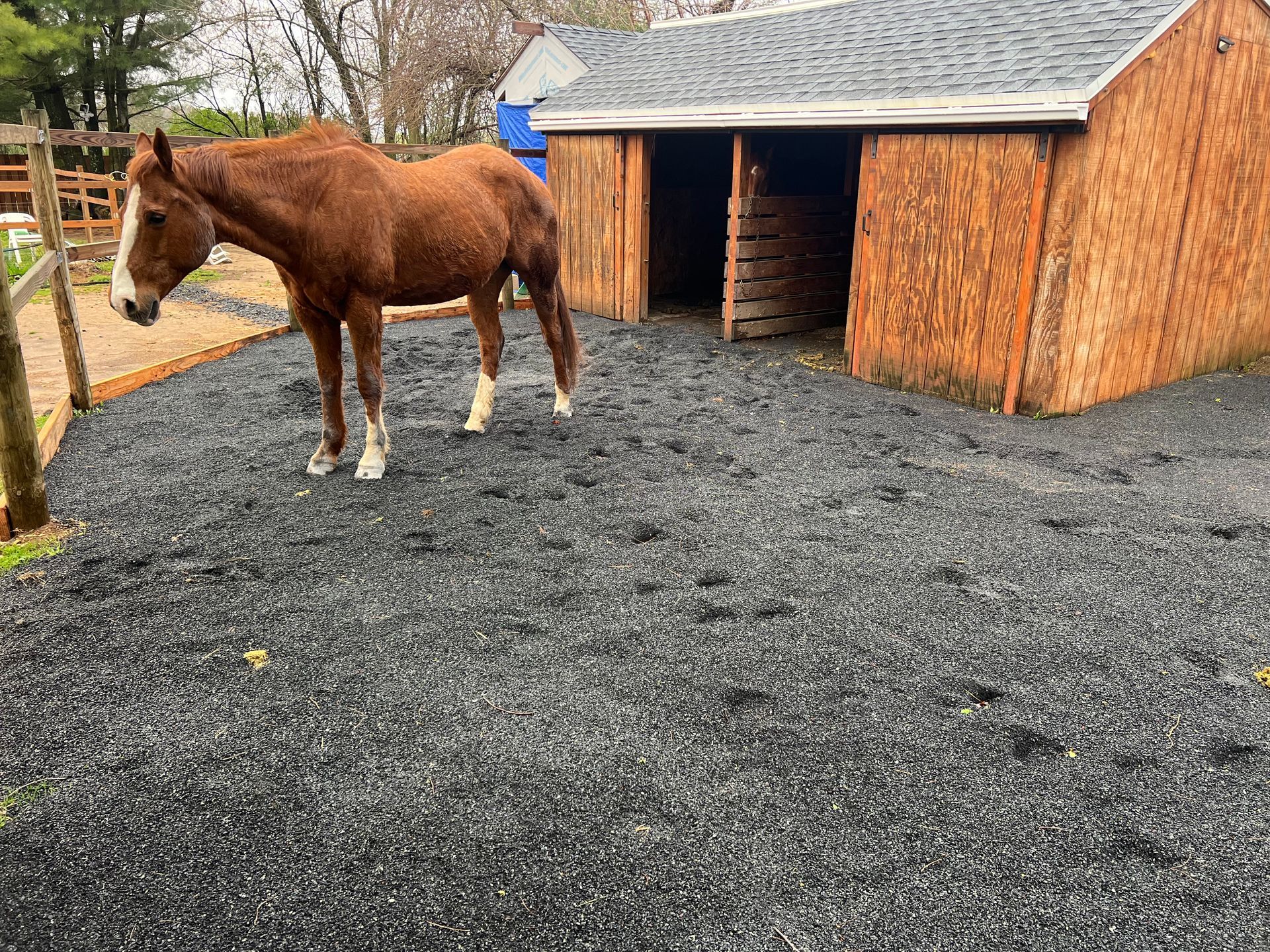Fibrocartilage in digital cushion
One Minute Discussions #34
Discussing Natural Hoof & Horse Care
FIBROCARTILAGE IN DIGITAL CUSHION
The back of the horses hoof is full of important structures that are there for supporting the horse during stance and locomotion. One of the most crucial structures is fibrocartilage in the digital cushion. This flexible skeleton of cartilages help the horse dissipate the energy coming from the ground while the hoof is under stress (hoof lands with immense force on the ground while in motion and that energy needs to be dissipated).
It is noticed by many equine professionals (including Proffesor Robert Bowker) that “soft footed”, weak-heel horses tend to have very little of these fibrocartilages and they don’t extend to the midline of the foot. On the other hand, horses with healthy feet were noticed to have a rich amount of fibrocartilage and it extended to and supported the midline of the foot.
This shows us what complex and essential role these small cartilages serve.
Denys A.
View images at my Facebook page link below!

